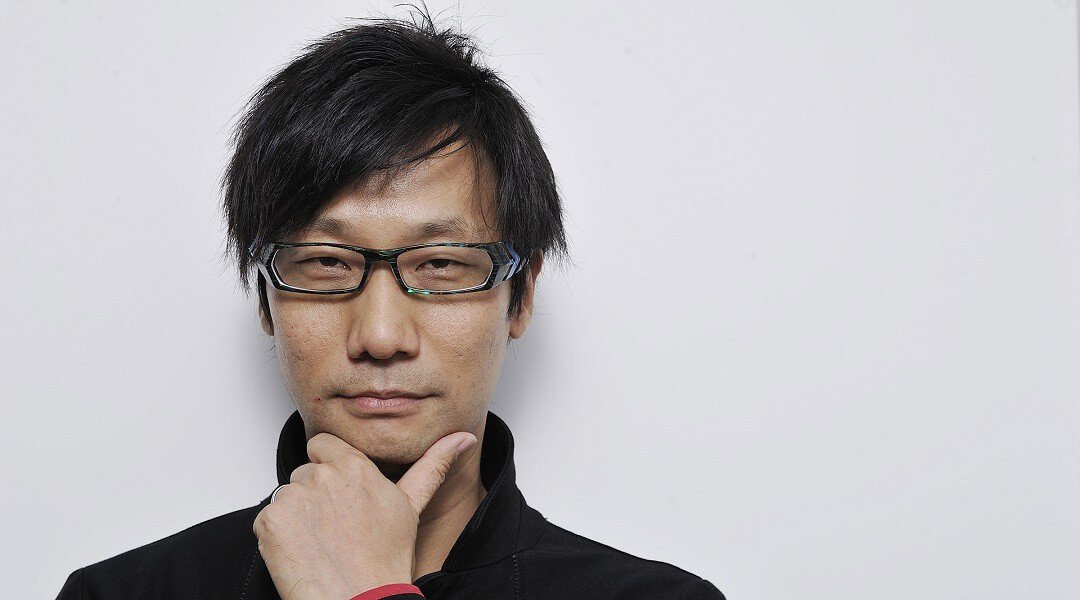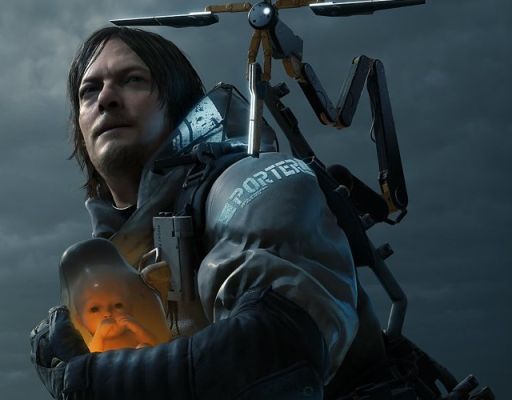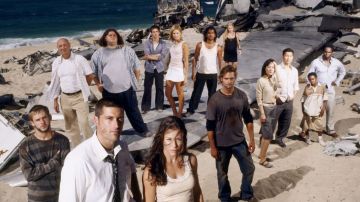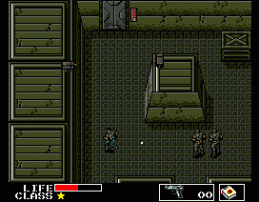Trending
Opinion: How will Project 2025 impact game developers?
The Heritage Foundation's manifesto for the possible next administration could do great harm to many, including large portions of the game development community.
In this installment of Game Designer Spotlight, I look at the acclaimed director of the Metal Gear Series and Death Stranding. How did he get started making games, what is his design philosophy, and how did his love of film influence his designs?


The following article is a reproduction, and has been modified for this site. The original article, and many more, can be found at RemptonGames.com
With all of the buzz around Death Stranding, including the recent release date reveal, it’s designer Hideo Kojima has been on a lot of people’s minds lately. Even though very little is still known about this game, the simple fact that it is Kojima’s first independent work makes it worthy of hype, intrigue, and over-analysis.

This will either be incomprehensible garbage, or the 2001: A Space Odyssey of video games. There is no in-between.
Kojima has reached a level of prestige in the game design community that very few have ever matched, and he may be the closest thing Video Games has to an Auteur director. He has been responsible for numerous gaming innovations in his 30+ year career, and his influence can be felt in nearly every game released today.
The comparison between Kojima and a film director is actually quite appropriate, because when Kojima was a child he never intended on becoming a video game designer. Instead, he was a lover of film and wanted to be a director.
His family were huge movie fans, and would watch movies nearly every single night. When he was 10 he began to go to the cinema by himself, and when he returned he would discuss what he saw with his family – the directing, themes, and how he felt about it. Films were a constant source of entertainment for the young Kojima, and soon developed the desire to direct his own.
As a child Kojima made a number of short films with his friends. His first was a Zombie movie that he made with his friends for his school festival. He also made a short film about a group of students who were trapped on an island after an airplane crash (which also included zombies).

Zombies would only be the 5th most inexplicable thing to appear on tropical island
Despite his desire to be a filmmaker, Kojima encountered a number of roadblocks. First, his father tragically died when he was only 13 years old. This not only left the Kojima family much worse off financially, but his father was one of the main people who supported his desire to make films. After his death, Kojima felt that everyone in his life wanted him to do something more professional.
Even if he tried to pursue filmmaking, Kojima found that there were no film schools near him, and breaking into any film industry can be extremely difficult without connections or experience. He also found that the budgets for most Japanese movies were too small at the time to make the sorts of movies that he was interested in.
Instead, Kojima went to college with a major in economics. However, this didn’t mean that he gave up on his dreams entirely. During college Kojima began to write novels, with the hope that one of his novels would become very popular and he would get the chance to make a film out of it.
Everything changed, however, when he began to play the Nintendo Famicom (known as the NES outside of Japan). Kojima saw the potential of video games as a way to create film-like experiences and decided to pursue a career in video games.
At the time making video games was not seen as a prestigious career in Japan, and many of Kojima’s friends and relatives discouraged him from following that path. This drove Kojima to try to work for the most professional and legitimate game company that he could find. That company ended up being Konami which at the time was the only gaming company to be listed on the stock exchange.

Because if something is on the stock market it MUST be legit!
Kojima’s first project at Konami was a game called Lost World, which ended up being cancelled after six months. For his second title Konami requested a war game, which was a very popular category at the time. However, Kojima did not want to simply do the same thing as everybody else, and began looking at ways to subvert the player’s expectations.
His initial idea was for a game about a prisoner of war who must escape. He wanted a game that wasn’t about combat, but simply escaping. He had a number of things stacked against him, such as being the youngest on the team and never having released a game before, which made it difficult to convince the rest of his team about the idea.
He eventually met with a Senior member of his team and spoke about his frustrations. That team member spoke to an executive at Konami, who in turn invited Kojima to pitch his idea in front of the whole team. That pitch was able to get everyone on board, and gained the support of the team.
His game was initially developed for Microsoft’s MSX line of home computers, rather than the more popular Famicom. However, Kojima saw this as a positive, because developing for the MSX allowed for more creative ideas that would have been rejected for the more mainstream Famicom, and he says that without the unique technical features of the MSX the game could not have existed in its final form.
This game ended up being the first Metal Gear, and was a huge success upon it’s release. Metal Gear is often considered to be the first stealth game, and in this game players must sneak around an enemy base and try to avoid being detected by the guards. While the player can pick up some weapons along the way, ammunition is limited and players must focus on stealth if they wish to get around the level.

It was particularly praised for its extensive color pallet
After Metal Gear’s successful release on the MSX Konami decided to port the game to the Famicom. The Famicom team was a separate division from those who worked on the MSX. Therefore, Kojima had no influence on this port, which changed several things about the original (including removing the titular Metal Gear mech as a boss).
After the release of the Famicom port, that same division began working on a sequel – once again without Kojima’s involvement. Kojima claims that he only heard about this sequel, Snake’s Revenge, in rumors for most of its development. Because he was so new at the company he had no influence in other departments, and probably would have stayed hands-off if it wasn’t for a single conversation he had with one of Konami’s Famicom engineers.
This engineer, who had previously worked on the MSX version of Metal Gear, told Kojima that Snake’s Revenge didn’t seem like a true sequel. He said that the true sequel should be made by Kojima. This conversation gave Kojima the motivation to pursue the development of this true sequel on the MSX.
This sequel, Metal Gear 2: Solid Snake, improved on the original Metal Gear game in nearly every way. The graphics were significantly improved, the gameplay provided more options and a deeper stealth system, and the story was widely praised.
Despite this success, Kojima found himself unhappy with the development process. He found that the technical limitations of the game and it’s developers were not keeping up with the visions that he had in his head, and for the next several years he stepped away from making Metal Gear games to focus on Adventure games using his own scripting engine, which allowed complete creative control over the end product.
This all changed in 1998, when he began work on Metal Gear Solid for the Playstation. At this point Kojima had been promoted to a managerial position, and was able to choose who he wanted to be on his design team. Kojima chose a team that would complement his vision for the game, and was the primary creative force behind the development.
Metal Gear Solid is known not only for bringing the Metal Gear series from 2D to 3D, but also for being one of the first “Cinematic” games. Metal Gear Solid made extensive use of in-engine cutscenes and voice acting to tell its story, and has been hugely influential in the way that video game stories are told.

Is there such a thing as too many polygons?
After Metal Gear Solid Kojima spent the next 17 years working almost exclusively on the Metal Gear series, and continued pushing his games to be more and more cinematic. He began to hire Hollywood composers to score his games starting with Metal Gear Solid 2, hiring celebrity voice talent such as Kiefer Sutherland to voice Big Boss in Metal Gear Solid V, and even working with director Guillermo Del Toro for the psychological horror game P.T.
However, despite the continued success of the Metal Gear Solid series everything was not as positive behind the scenes. Kojima and Konami reportedly began to have issues working together around the release of Metal Gear Solid V: The Phantom Pain.
While the exact reasons for the conflict are not entirely known, it appears that Konami wanted to move away from developing AAA games. As Kojima’s games become more and more like a Hollywood film so too did their budgets, with MGSV having a budget of $80 million. This is one of the highest budgets for any video game in history (according to Wikipedia it ranks 21st), and is probably the primary source of the conflict.
Regardless of the exact reasons, Kojima chose to leave Konami in 2015 and began working independently. His company, Kojima Productions, was originally a division of Konami, but is now an independent studio working on their first release, Death Stranding. While this game remains pretty mysterious, it appears to be his most cinematic game yet, and features a full cast of well known actors in starring roles.
As somebody who is highly influenced by the film industry, Hideo Kojima is highly analogous to a strong-willed director such as Stanley Kubrick. While game design tends to be an incredibly collaborative endeavor, Kojima’s games are probably as close as modern games get to being a single person’s vision, and his creative vision influences every aspect of the games.
Not only his directorial style, but the designs of his games themselves are highly influenced by the film industry. Kojima’s games put a large amount of emphasis on story, cinematic storytelling, and conveying a thematic message through the game itself. Kojima believes that games can be more than simply entertainment, and he tries to use his games to ask questions and get his audience to think more deeply about the themes of the game.
Because much of his work is on the Metal Gear series, common themes in his work include the nature of war and nuclear proliferation, as well as the role of the United States of America in the world.

He likes to ask the important questions, like “should tanks have legs”?
Kojima also places a lot of emphasis on the details of his games, and making them replayable. While the stories in Kojima’s games tend to be very linear due to their filmic influences, he always attempts to add details and additional layers into the story that players will need to explore to discover, or play through the game multiple times to notice.
Finally, much like a scene in a film should serve multiple purposes, Kojima believes that every aspect of a game should be intentional and serve several purposes. One example of this is a simple hallway. A hallway can create a feeling of dread, of not knowing what is around the corner, but it can also create a feeling of safety and familiarity. Everything from the lighting to the height of the ceiling can adjust how the player feels about the environment, and every aspect about the game should be tuned to specifically drive the experience that is intended for the player at that point in the game.
That is all I have for this week. If you enjoyed this article, check out the rest of the blog and subscribe on Twitter, Youtube, or here on WordPress so you will always know when I post a new article. If you didn’t, let me know what I can do better in the comments down below. And join me next week for my thoughts on the role of difficult in games!
This piece has been lightly optimized in 2023, after its original publication.
Read more about:
BlogsYou May Also Like